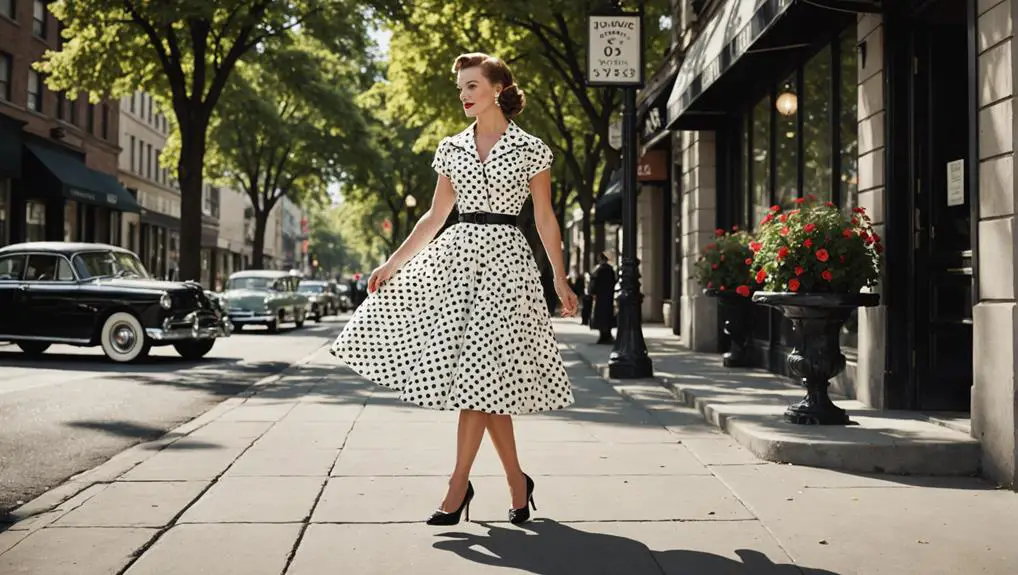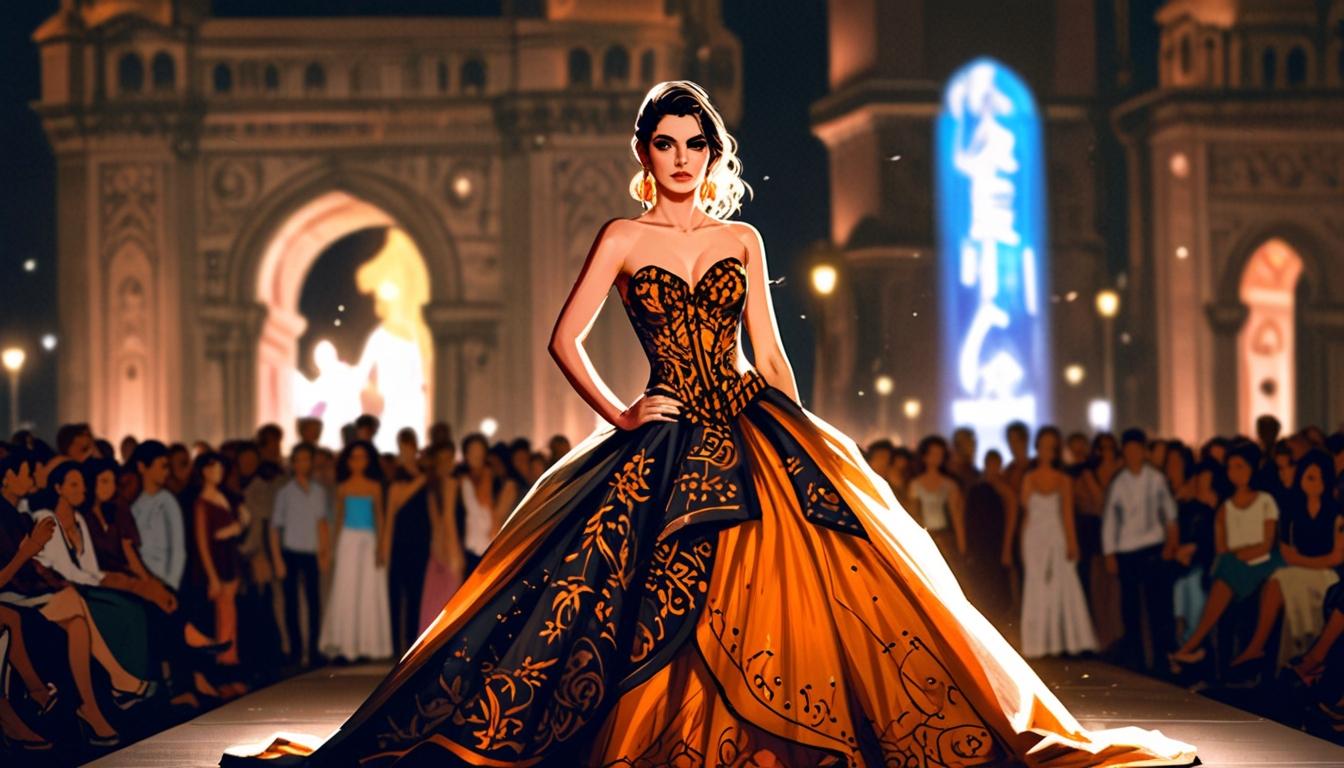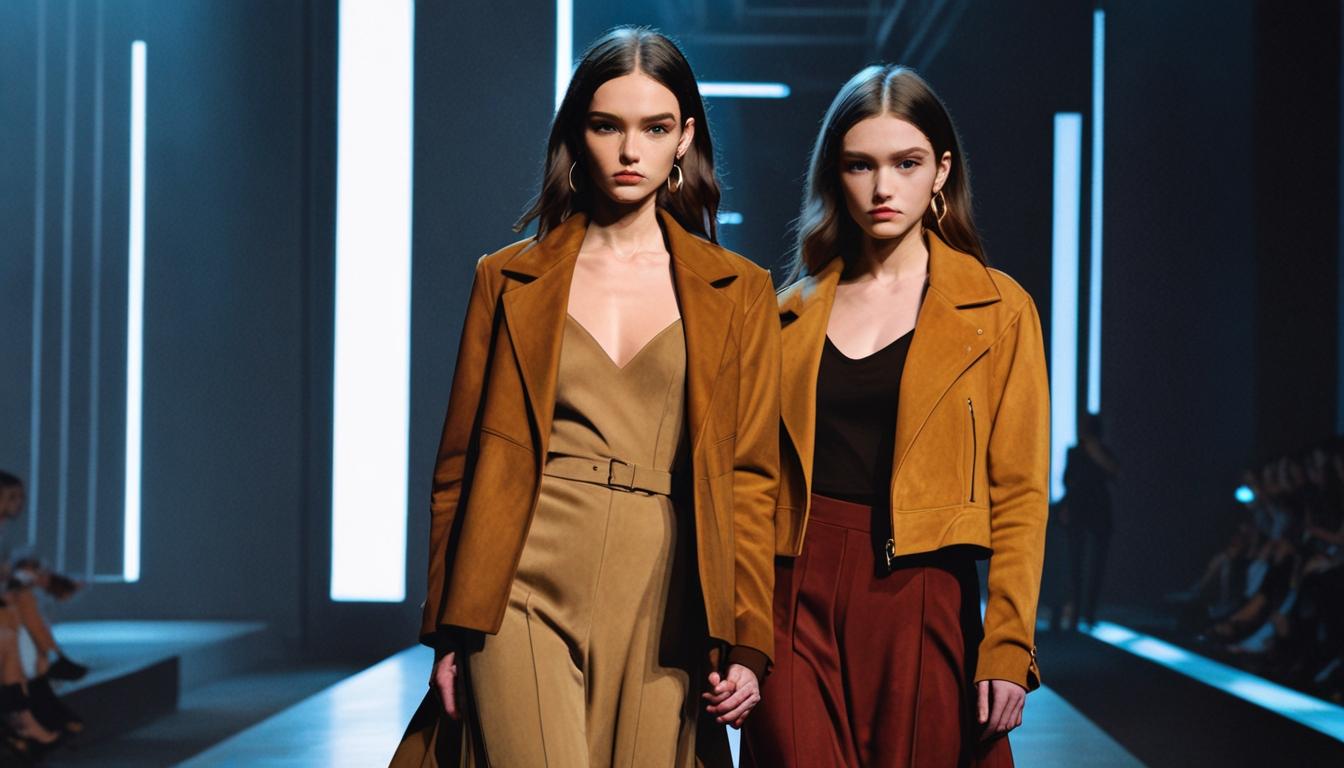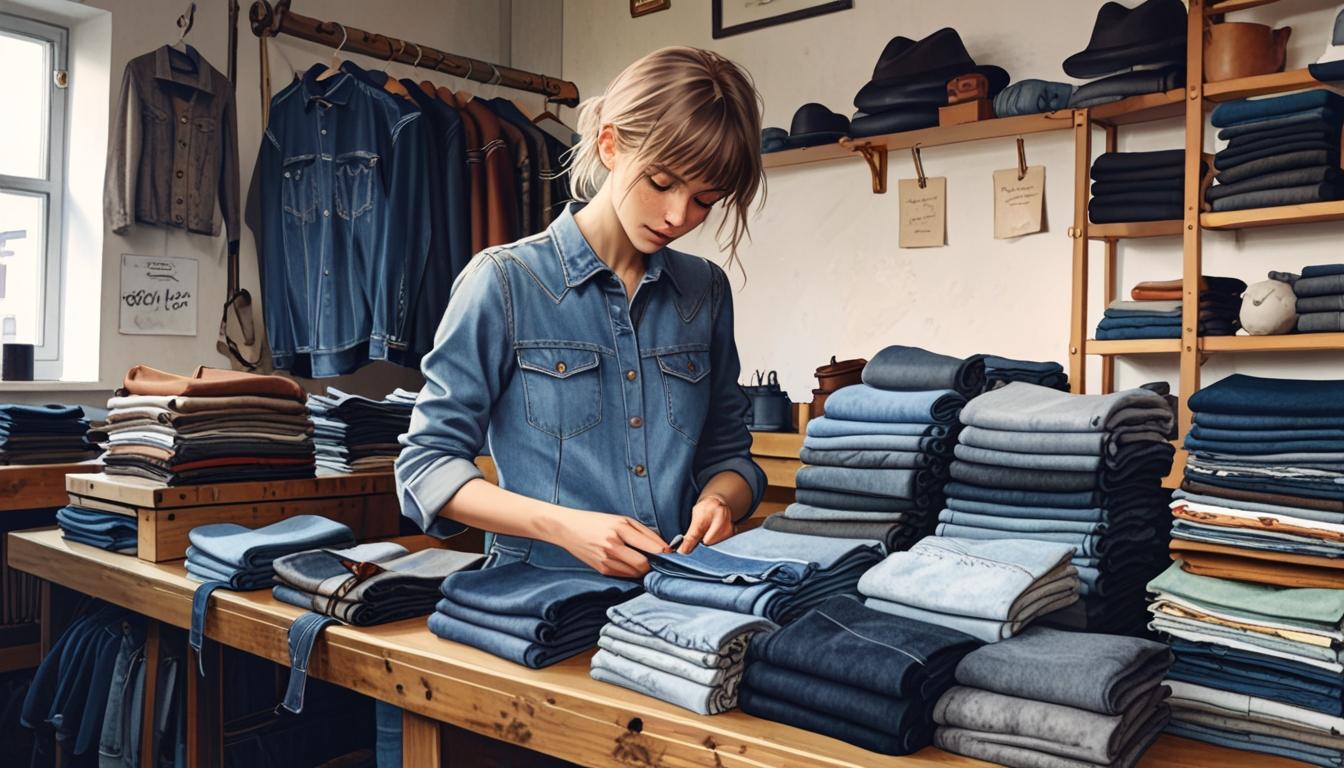In the 1950s, women's Mary Jane shoes encapsulated a blend of innocence and style, appealing to young girls and ladies alike. You'd find these shoes characterized by their closed toe, low-cut style, and distinctive instep strap, often crafted from glossy patent leather. They became synonymous with school uniforms and were popularized by icons like Shirley Temple, reinforcing their cultural significance. Whether paired with knee-length dresses, petticoats, or playful socks, Mary Janes evolved effortlessly from casual to formal occasions. This footwear not only represented youthful charm but also influenced fashion trends for years. There's much more to explore about their lasting legacy.
Origins of Mary Jane Shoes
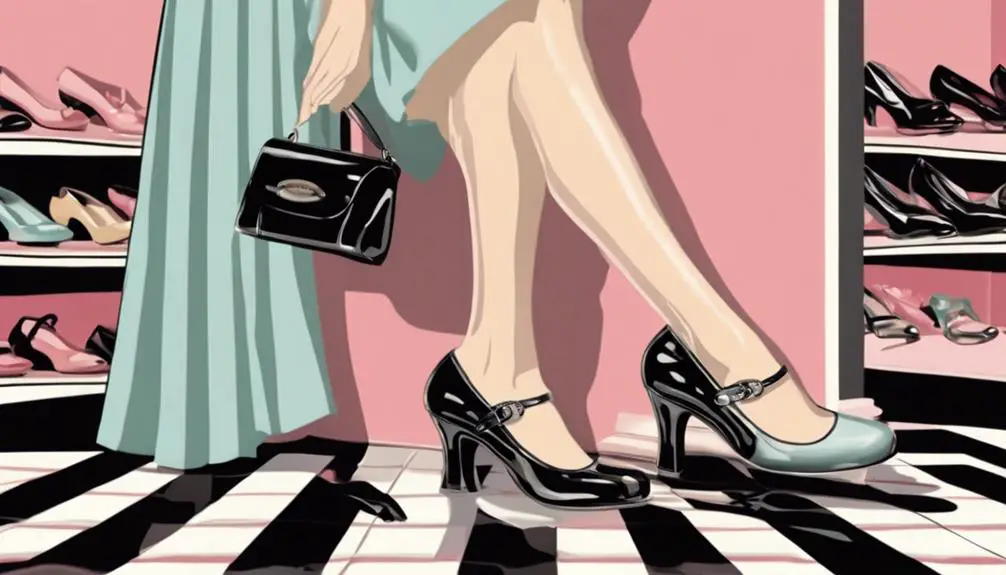
Tracing the roots of Mary Jane shoes reveals a fascinating journey through time and fashion. The distinctive design, characterized by a closed toe and a low-cut style with an instep strap, dates back to the era of King Henry VIII. Originally favored as school uniform footwear, Mary Janes became synonymous with childhood innocence during the mid-20th century. The name "Mary Jane" itself emerged from a character in the Buster Brown comic strip, with the shoes first marketed by the Brown Shoe Company in 1905.
Over the decades, the Mary Jane evolved from a practical children's shoe into a broader fashion statement. Its prominence surged in women's fashion during the 1920s and 1940s, reflecting changing societal norms and styles. By the 1950s, these shoes had firmly established themselves as a staple for young girls, embodying both nostalgia and a sense of girlhood. The adaptability of the Mary Jane design allowed it to transcend generations, leaving a lasting legacy that continues to influence modern fashion. Its journey showcases how a single design can encapsulate cultural shifts and resonate through various eras.
Cultural Impact in the 1950s
The 1950s marked a pivotal moment for Mary Jane shoes, elevating them from mere children's footwear to symbols of youthful innocence and burgeoning femininity. During this era, flat Mary Janes became a staple in school uniforms, reflecting a sense of post-war optimism and conformity. Their cultural significance was amplified by various media representations, showcasing young girls in charming settings, which contributed to the shoes' association with girlhood.
Key factors influencing the cultural impact of flat Mary Janes include:
- Media Representation: Films and television often featured young girls in Mary Janes, solidifying their cultural relevance.
- Fashion Icons: Shirley Temple's performances showcased the shoes, further embedding them in popular culture as symbols of playfulness and innocence.
- Symbol of Femininity: Young women embraced Mary Janes as a fashionable choice—modest yet stylish—making them suitable for both casual and formal attire.
As the decade progressed, flat Mary Janes evolved from childhood symbols to fashionable essentials for women, influencing styles for years to come. This evolution marked a significant cultural shift, intertwining innocence with a budding sense of femininity.
Fashion Trends and Styles
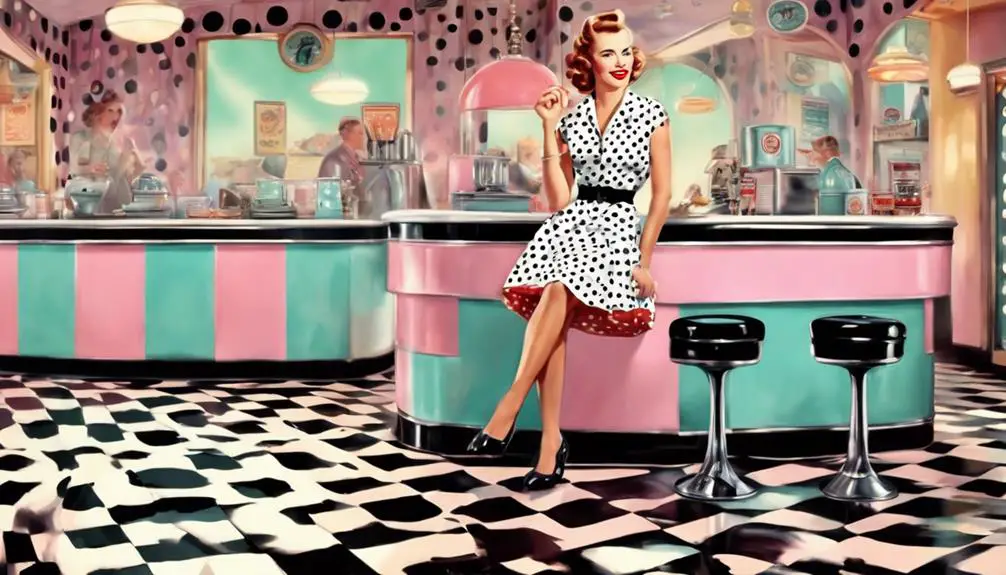
Mary Jane shoes emerged as a defining fashion trend for young girls in the 1950s, showcasing a blend of innocence and style that resonated deeply with the cultural landscape of the time. These shoes became a quintessential element of girls' school uniforms, symbolizing youthfulness during the post-war era. Crafted primarily from patent leather, Mary Janes featured rounded toes and low-cut designs, often enhanced with ankle straps that provided both security and charm.
You'd typically see Mary Janes paired with knee-length dresses, petticoats, and playful socks, creating a cute and polished look that perfectly encapsulated the 1950s aesthetic. The versatility of Mary Janes allowed them to shift seamlessly from casual playdates to more formal occasions, embodying that unique blend of comfort and elegance that defined mid-century fashion.
As fashion icons like Shirley Temple popularized this style, it quickly gained traction among young girls, influencing children's footwear trends across the decade. With their timeless appeal and practical design, Mary Jane shoes not only became a staple in the wardrobes of young girls but also left an indelible mark on the fashion landscape of the 1950s.
Iconic Figures and Inspirations
As the popularity of Mary Jane shoes surged in the 1950s, iconic figures played a significant role in shaping their image and appeal. One of the most notable was Shirley Temple, whose charm and innocence captured the hearts of audiences. She often sported Mary Janes in her films, symbolizing the youthful spirit that defined the decade. These shoes became synonymous with childhood nostalgia, particularly as the baby boomer generation began to emerge. The unique design elements and high-quality craftsmanship of vintage clothing, including shoes, were also influential during this time, contributing to their lasting appeal among collectors and enthusiasts vintage clothing characteristics.
Here are three reasons why these figures were essential in popularizing Mary Janes:
- Cultural Influence: Icons like Shirley Temple represented the ideal of femininity, and their fashion choices resonated with women seeking traditional roles.
- Media Representation: Appearances in films and public events showcased Mary Janes as versatile footwear, making them appealing for various occasions.
- Fashion Integration: Designers began incorporating Mary Janes into their collections, reinforcing their status as a fashionable choice and making them a staple in women's wardrobes.
Through these influences, Mary Jane shoes transformed into a symbol of innocence and style, forever marking their place in 1950s fashion history.
Sizing and Comfort Features
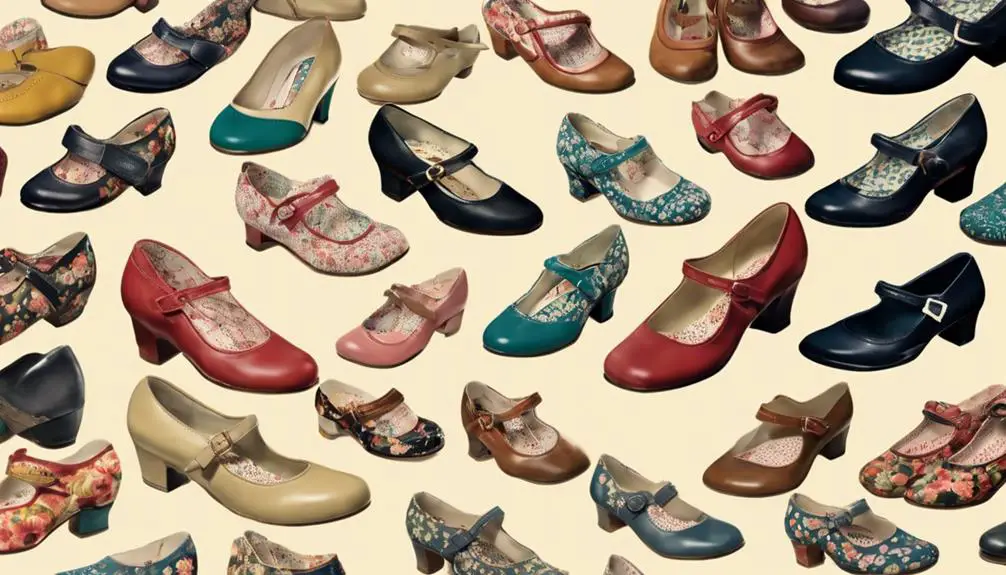
With their rounded toe design and adjustable ankle straps, women's Mary Jane shoes from the 1950s offer a perfect blend of style and comfort. These shoes typically feature a low heel, around 1 to 2 inches, making them ideal for everyday wear without sacrificing elegance. The adjustable ankle straps provide a secure fit, accommodating various foot shapes, which is essential for comfort throughout the day.
Sizing for Mary Janes during this era generally aligned with standard US women's sizes, ensuring a wide range of options for customers. This standardization made it easier for women to find the right fit, a significant consideration when purchasing shoes. The use of durable leather materials further enhanced the comfort and support of these shoes, allowing for extended wear without discomfort.
For those who prefer a more minimalist style, flat Mary Jane shoes also became popular, appealing to women seeking practicality without compromising on aesthetics. The combination of thoughtful design elements and quality materials made these shoes a staple in women's wardrobes, balancing functionality with the fashionable flair characteristic of the 1950s.
Modern Interpretations of Mary Janes
Today's interpretations of Mary Jane shoes have evolved greatly, blending classic elements with modern aesthetics to appeal to a diverse audience. You'll find that these shoes now incorporate updated materials and innovative designs, keeping the timeless silhouette intact while embracing contemporary fashion.
Here are three notable features of modern interpretations of Mary Janes:
- Materials: Many brands are using vegan leather and eco-friendly fabrics, making Mary Janes more accessible and sustainable.
- Design Variations: Expect unique embellishments like decorative buckles, vibrant patterns, and textured fabrics, which add a fresh twist to traditional styles.
- Cultural Influence: Fashion icons like Taylor Swift and Harry Styles have championed the Mary Jane look, showcasing its versatility across genders and outfits, further popularizing this nostalgic style.
The resurgence of Mary Janes in both high fashion and streetwear reflects a growing trend towards nostalgic aesthetics. With online retailers and social media, you can easily explore a wide range of chic and edgy Mary Jane variations, catering to all fashion tastes. Embracing these modern interpretations allows you to celebrate the rich history of Mary Janes while making them your own.
Styling Tips for Mary Jane Shoes
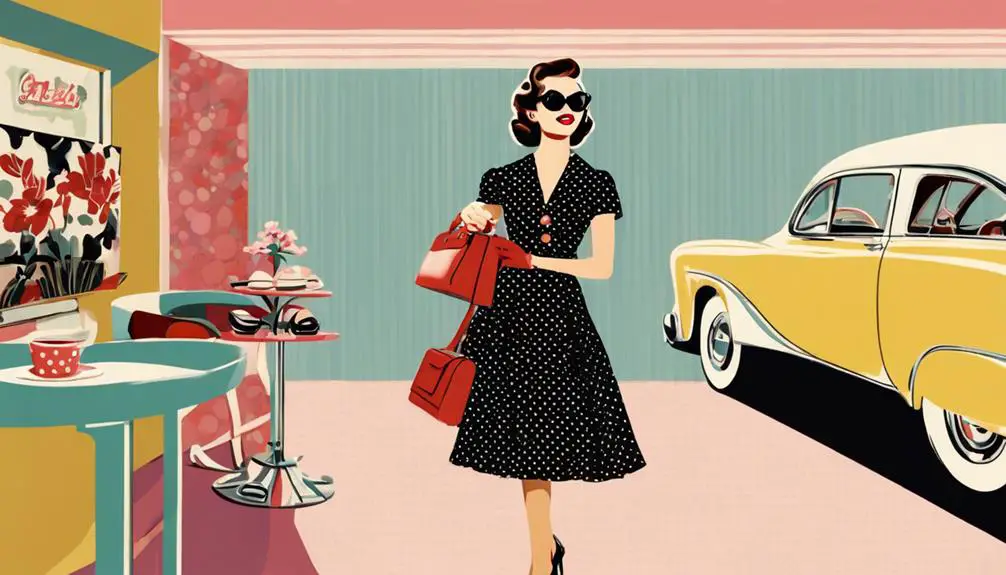
When styling Mary Jane shoes, consider how their timeless charm can effortlessly elevate your outfit. To capture the quintessential 1950s look, pair your Mary Janes with a classic A-line dress or skirt. This combination emphasizes the feminine silhouette iconic to the era, creating a harmonious balance between nostalgia and modernity.
For a youthful touch, opt for knee-high or ankle socks. This playful styling choice pays homage to the schoolgirls of the 1950s, enhancing the innocence associated with Mary Janes. When it comes to color, choose patent leather or bold shades that reflect the vibrant fashion trends of the decade, allowing your footwear to make a statement.
To channel 1950s sophistication, combine Mary Janes with a fitted blouse and high-waisted trousers. This retro-inspired outfit exudes chic elegance, perfect for various occasions. Don't forget to accessorize! A structured handbag and pearl jewelry will complete your vintage look, echoing the elegance that Mary Janes represent.
Frequently Asked Questions
Did People Wear Mary Janes in the 50s?
Yes, people wore Mary Janes in the 50s. These shoes combined style and practicality, making them popular among children and adults alike. Their classic design and versatility contributed to their widespread appeal during that era.
What Shoe Style Was Popular in the 1950s?
In the 1950s, you'd see a variety of shoe styles gaining popularity. Slingbacks, kitten heels, and ballet flats complemented the decade's feminine silhouettes, reflecting the era's cultural values and ideals of elegance and grace.
What Year Were Mary Jane Shoes Popular?
Mary Jane shoes gained immense popularity during the 1950s, particularly in the mid-decade. Their charm and nostalgic appeal resonated with you, symbolizing innocence and a carefree spirit that defined youth fashion during that era.
Did They Wear Mary Janes in the 60s?
Yes, you'll find that Mary Janes were quite popular in the 1960s. They evolved with higher heels and stylish embellishments, embraced by fashion icons, blending innocence with modern sophistication, appealing to both young girls and women alike.
